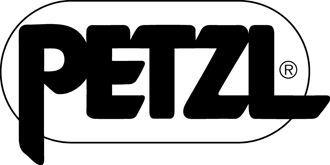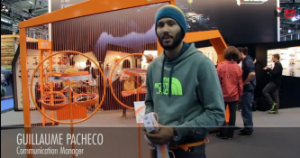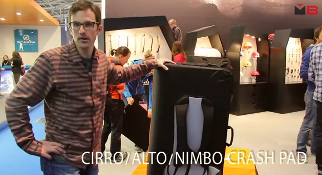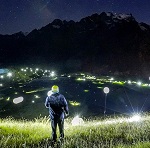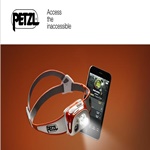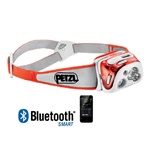Since 2012, the Petzl Foundation has funded research into mountain sport accidents. Our long-term aim is to improve prevention. Due to the lack of accurate information and the absence of communication, several social science research laboratories have joined forces to launch an international study related to mountain sport accidents. A first research report was published in December 2014.
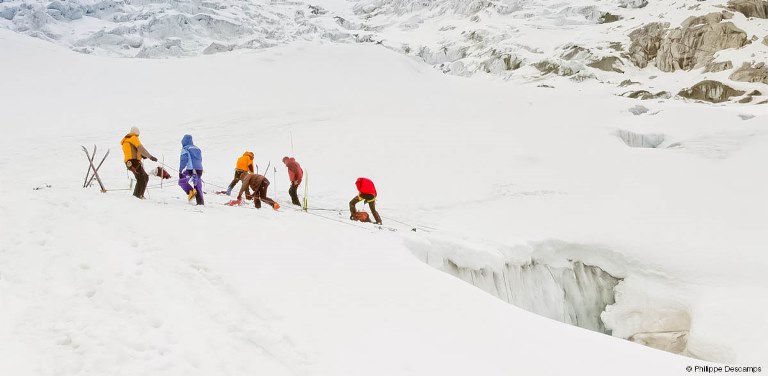
Petzl believes that information given about prevention, as well as mountain technical training, could be made more effective by using factual data related to the frequency of accidents, risk factors, and better knowledge of situations which typically lead to accidents. Many mountain professionals believe that better knowledge is the basis for effective accident prevention.
In France and elsewhere in Europe, many organizations collect accident data. However, this data is often scattered, inaccurate and incomplete. It is difficult to use this data effectively. For example, how many accidents occur during abseiling, belaying or because of bad weather? What was the skill level, experience, and composition of the group of mountaineers involved in any given accident?
This work aims to identify with accuracy the actual danger and the chain of events that lead to any given accident, by investigating mountaineering, canyoning and ski touring accidents. This study will go beyond the statistics and seek to identify the scenario types, the natural phenomena, objective hazards, and technical issues that either led to a near-miss or to a serious accident involving multiple victims.
This first phase of research resulted in a report entitled “Accidentology of mountain sports Situation review & diagnosis”, and is downloadable here.
When reading this document, we learn that:
- The Mont-Blanc mountain range (French side) alone accounts for more than 30% of deaths related to a mountain sport in France, almost half of which occur during mountaineering. See page 10
- The number of unharmed accident victims should also be taken into account since it represents a little more than a third (36%) of those rescued. See page 14
- Mostserious or fatal accidents appear to involve locals, who would be expected to have sufficient knowledge to analyse the risks adequately. However, they are particularly exposed due to the large number of mountain excursions they undertake. See page 22
- Among thevictims rescued in the Mont-Blanc mountains, menaccount for 81% of deaths, and more than 80% of deaths in the Austrian mountains are also men. See page 22
- Accidents generally occur during descent, in many cases away from the main passages considered to be the most difficult. See page 32
- The so-called objectives dangers (falling rocks or ice, cornice break, etc.) are responsible for only 3% to 4% of emergency rescue operations in Switzerland. See page 32
- 59% of climbing injuries (on equipped cliffs) do not cause serious injuries. See page 43
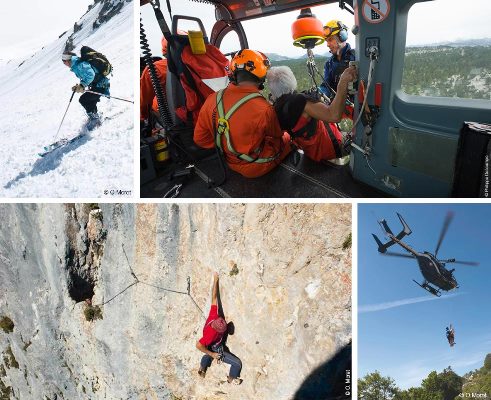
Summary of the study “Accidentology of mountain sports Situation review & diagnosis”:
- The prevention of risks related to mountain sports requires detailed knowledge of the accident mechanisms.
- The situation review presented herein results from the collection and cross-referencing of existing data, in France and abroad, concerning sporting accidents in the mountains. It intends to improve our knowledge of the scope of the phenomenon, victim profiles, and the explanatory factors and contexts that favour accident occurrence.
- This report corresponds to the first phase of a much larger project. The summary produced suggests various areas for improvement in the field of accidentology. The second phase will implement a regular analysis methodology of accident data in order to identify the recurrent causes of accidents and enable the reconstruction of “standard” scenarios.
We hope that this improved knowledge of how sporting accidents occur in the mountains will enable us to make progress in terms of preventive measures, information and practices.
INFO: Petzl


